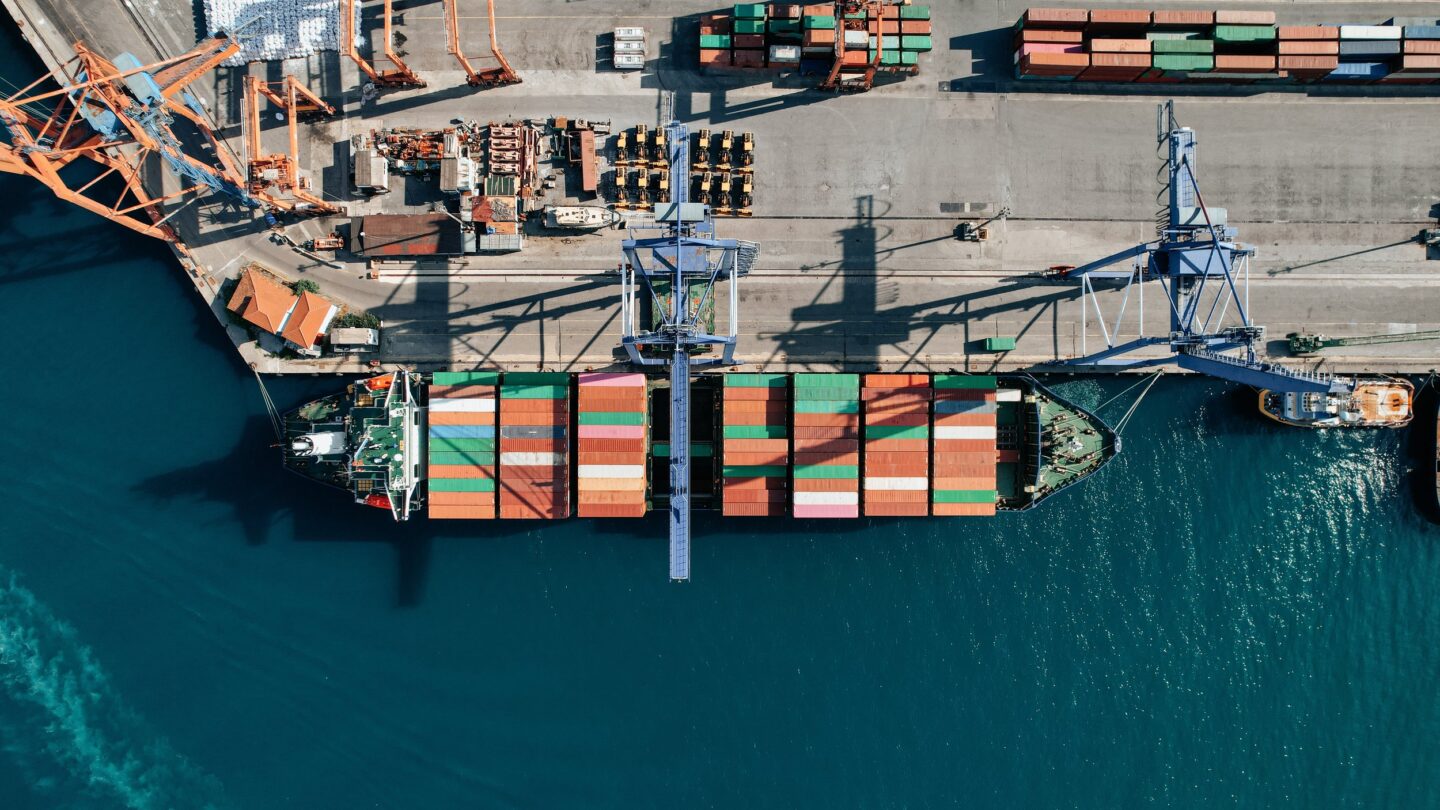Using Provisional Duty Bonds to navigate Transfer Pricing Compliance for imports in India
When foreign subsidiaries import goods from their parent companies or related entities, Indian Customs doesn’t simply accept the declared transaction values at face value. The concern is straightforward: companies might manipulate transfer prices to minimize duty payments, shifting profits across borders in ways that reduce India’s legitimate tax revenue.
This scrutiny is part of India’s broader commitment to combating base erosion and profit shifting (BEPS), aligning with global tax fairness initiatives. For multinational corporations establishing supply chain operations in India, understanding how this process works is essential to maintaining smooth import flows and avoiding costly disruptions.
[toc]

The Special Valuation Branch: India’s transfer pricing watchdog for imports
What is the SVB?
The Special Valuation Branch (SVB) is the specialized arm of Indian Customs responsible for examining whether prices in related-party transactions truly reflect arm’s length values. Unlike standard customs clearance, which might take days, SVB assessments are thorough, detailed investigations that typically span three to five months.
How SVB assessment works
When a foreign subsidiary imports from a parent or related company, the SVB examines multiple factors to determine if the declared price is legitimate:
- they review comparable transactions in the market,
- analyze the functions performed by each entity,
- consider the risks assumed by the importer versus the exporter,
- and evaluate whether the pricing methodology aligns with internationally accepted transfer pricing principles.
The assessment isn’t arbitrary. SVB officers use benchmarking studies, industry data, and detailed financial analysis to determine appropriate arm’s length prices. They may request extensive documentation including intercompany agreements, pricing policies, functional analysis reports, and comparable transaction data from unrelated parties.
Here’s the dilemma that foreign subsidiaries face: SVB assessments take months, but business can’t wait. Manufacturing operations need components, distribution channels need inventory, and customer commitments must be met. Holding shipments at ports for three to five months while awaiting SVB clearance would cripple most supply chains and make Indian operations economically unviable. This is the problem that Provisional Duty Bonds were designed to solve.
Understanding Provisional Duty (PD) Bonds
What is a Provisional Duty Bond and how does it work?
A Provisional Duty (PD) Bond is a financial guarantee provided to Indian Customs that allows related-party imports to proceed while SVB conducts its detailed valuation review. Think of it as a security deposit that protects the government’s revenue interests while enabling business continuity.
When a foreign subsidiary begins importing from related entities, they apply for a PD Bond with Indian Customs. The bond specifies a maximum value limit based on anticipated import volumes and duties. Once approved, the company can import goods by paying the provisional duty amount they’ve calculated, even though final SVB approval is still pending.
During the SVB assessment period, imports continue uninterrupted. The company maintains detailed records of all transactions covered under the bond, including invoices, payment documentation, pricing methodologies, and supporting transfer pricing studies. These records become critical when SVB requests information during their review.
The SVB approval process
SVB’s detailed examination involves multiple stages. They typically begin by requesting:
- comprehensive documentation about the related-party relationship,
- the goods being imported,
- pricing methodologies,
- and comparable market transactions.
The subsidiary and their customs broker work together to provide this information, often supplemented by transfer pricing studies prepared by tax advisors.
SVB officers may raise queries, request additional documentation, or challenge the pricing methodology. This back-and-forth negotiation is where experienced customs advisors prove invaluable—they understand what documentation SVB expects, how to present pricing justifications effectively, and how to navigate objections or concerns.
Once SVB completes its assessment they issue a formal order. If they approve the declared transfer prices, the order validates the pricing methodology for three years or until the company’s pricing strategy materially changes. This approval eliminates the need for repeated PD Bonds for similar transactions during the validity period, streamlining future imports significantly.
What happens if SVB finds discrepancies
If SVB determines that declared prices were below arm’s length values, they’ll calculate the duty shortfall. The company must then pay the additional duty, along with interest for the period between initial clearance and final assessment. The PD Bond ensures the government can recover these amounts if the company fails to pay voluntarily.
Importantly, egregious undervaluation can result in penalties beyond just duty and interest. Penalties might include fines, increased scrutiny on future imports, or in severe cases, restrictions on import privileges. This is why getting transfer pricing right from the beginning—and working with knowledgeable advisors—is so critical.
Port-Level Authority: Why SVB approval doesn’t end scrutiny
Even after SVB issues an approval order valid for three years, individual ports retain authority to question pricing if they suspect discrepancies. This might happen if product specifications change, pricing varies significantly from previously approved levels, or if new information suggests the original SVB assessment was incomplete.
Port officers can flag specific shipments for additional review, request documentation, or in some cases, refer the matter back to SVB for reassessment. While this doesn’t invalidate the original SVB order, it means companies must remain vigilant about documentation and price consistency even after receiving approval.
Best practices for managing Provisional Duty Bonds and SVB relationships
For EXIM and Compliance Teams
Your export-import and compliance teams are the front line in managing this complex process. They must carefully track PD Bond validity periods and maximum value limits, ensuring that import volumes don’t exceed bonded amounts without arranging increases. Timely renewal of bonds before expiration prevents shipment holds and clearance delays.
Maintaining comprehensive documentation at each port of import is non-negotiable. Different ports may have slightly different documentation preferences or procedural requirements, so teams should be trained on location-specific nuances. Create standardized documentation packages that include all materials SVB typically requests, this accelerates the assessment process and demonstrates professionalism and transparency.
Coordination with SVB during assessment
Proactive coordination with SVB during their assessment process can significantly improve outcomes. Respond promptly to information requests, provide complete and well-organized documentation, and maintain open communication channels with assigned SVB officers. If they raise concerns about pricing methodologies, often concerns can be addressed through additional documentation or clarification rather than price adjustments.
Consider involving local transfer pricing specialists when preparing submissions to SVB. Their experience with what SVB finds persuasive can make the difference between smooth approval and protracted disputes.
When pricing strategies change
If your company changes its transfer pricing strategy, update your SVB documentation proactively. Don’t wait for SVB to discover discrepancies between approved pricing and current practices. File updated submissions explaining the changes and requesting fresh assessment, demonstrating good faith compliance.
Making related-party imports work in India
Understanding and effectively managing Provisional Duty Bonds and Special Valuation Branch relationships is essential for foreign subsidiaries importing from related entities in India. While the process adds complexity compared to arm’s length transactions, it’s entirely manageable with proper expertise, systems, and practices.
The key is viewing this not as a bureaucratic hurdle but as a structured process with clear rules, predictable timelines, and manageable requirements. Companies that invest in proper transfer pricing documentation, maintain rigorous PD Bond tracking, coordinate proactively with SVB, and build professional relationships with customs authorities can maintain smooth import flows while demonstrating robust compliance.










